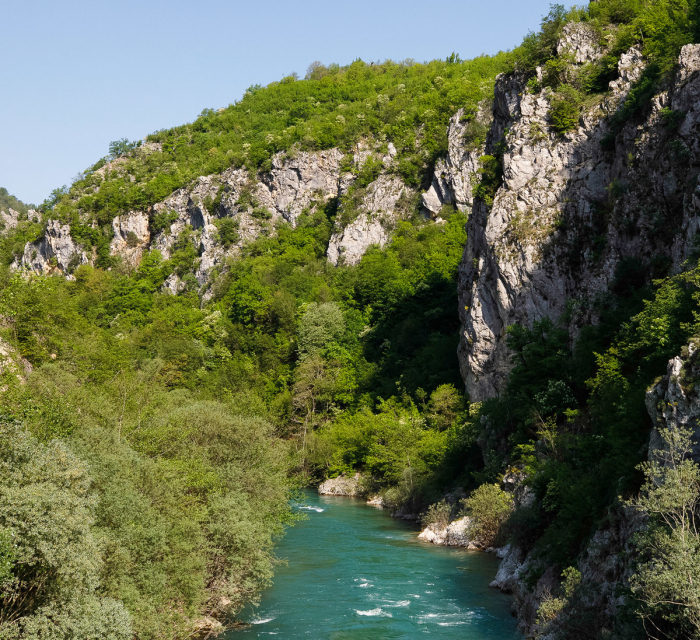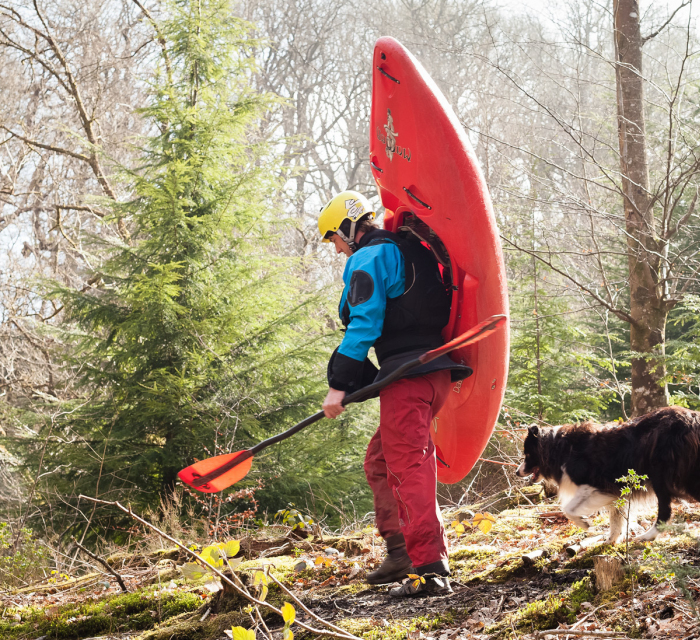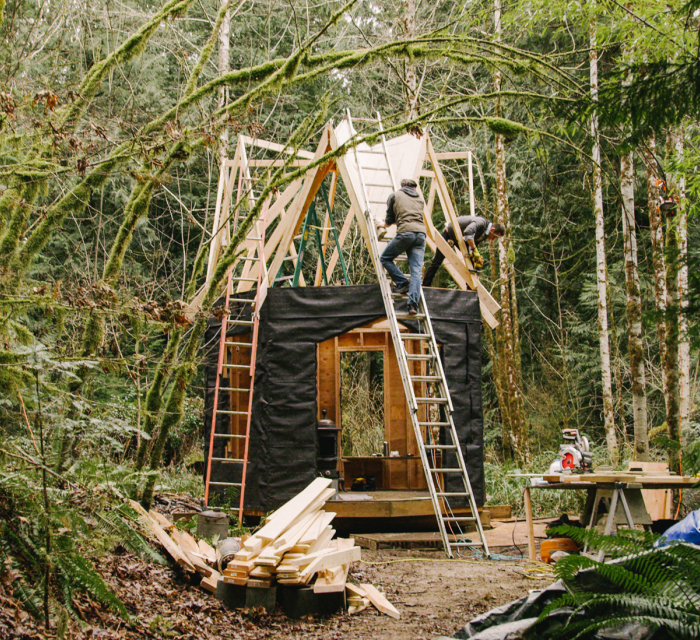The first major ski map artist was Hal Shelton. Hal was without any doubt a true cartographer, combining science, aesthetics and technique to make realistic maps. He developed the first natural colour shaded relief series for the U.S. Geological Survey, and he worked with Jeppesen to produce aeronautical charts – the plates of which were eventually published by Rand McNally, with the original prints now found in the Library of Congress. In the early 1960s, while Hal was working out of Golden, Colorado, he began painting landscapes. This was a significant time for Colorado’s ski industry as several new resorts had opened including Vail, Aspen Highlands, Breckenridge, Crested Butte and Steamboat. Hal, being an avid skier, presented his idea of a trail map and thereafter began a new career. Not only was he highly talented in the field of cartography but he had great artistic talent, depicting stunning and realistic representations of the resorts he painted. During one of my early visits to Hal’s studio we discussed the process of creating maps that emphasised a presence of being on the slopes – more artistic than cartographic. Hal is rightly considered a trailblazer in the effort to combine map making and artistry.

Mapping the Mountains
Map artist Jim Niehues is often asked if he considers himself a cartographer or an artist. In this article he discusses the roles of both cartography and artistry in his map-making practice and he shares his journey within this highly specialised field.
Interview with Jim Niehues, photography by Rebecca Stumpf

In the 1970s, Bill Brown became Hal’s successor. For the next two decades, painting in the same mould as Hal, he created maps with great presence, accuracy and style. I first met with Bill in 1988, at which time, at the age of 40, I had reached a turning point in my life. My past experience was soundly rooted in the field of graphic arts with a background in darkroom and lithography printing, following which I become a graphic artist and illustrator. I had painted some aerial scenes for past clients, and Bill liked my technique. He too was at a turning point with a new interest in the video field. He turned over a project to me, and with a little guidance I produced my first trail map painting – an inset for the Winter Park Resort’s main trail map.
The Early Years:
I grew up in western Colorado where there is an abundance of magnificent scenery, from high desert canyons to snow-capped mountains. Throughout my school years I spent time fishing, hiking, camping and hunting. I began drawing at a young age and during a childhood illness that kept me bed-ridden for three months, my mother bought me an oil painting set to help pass the time as I recovered – it wasn’t long before I developed the dream of one day becoming a famous landscape artist.
By age 25, as often happens in life, the dream to paint had withered, and by age 37, I had forgotten about all such aspirations. Around this time I met my wife Dora, and with my two children and her two children we now were a family of six. In those early years of blending a family, we both worked regular jobs in order to make ends meet. However, the providential meeting with Bill Brown had begun to stir my childhood dream and set me on a life-changing journey. While initially this new direction was certainly not my childhood version of becoming a landscape artist, it did involve mountains plus a new element that I found intriguing – cartography.
Several years later I found myself on the slopes of the Perisher Ski Resort in Australia. My new career as a trail map artist had become international, taking Dora and I to lands that I had only read about or seen on TV. While flying above some of the most dynamic and beautiful terrain in the world, gathering aerial photography for maps, I realised that I had begun an incredible adventure with a job that provided a small Colorado country kid with the opportunity for travel, photography, skiing and art'.

An Evolving Process:
Much has changed since I began this career. From 1988 through the mid 1990s, I shot all of my aerial photography with a film camera. Each project would use around ten rolls of film, which, depending on the availability of a film developer, I would process in the resort’s vicinity and make sure that I had what I needed to complete the project. In New Zealand I was preparing to shoot The Remarkables and Cardrona Resorts out of Queenstown and the commissioning company, who had their own helicopter, decided that the best views would be possible only by removing the helicopter door. My immediate fear wasn’t of falling out but losing a precious roll of film! Each time I went through the process of opening the back of the camera, putting the used roll of film away and replacing it with another roll, there were numerous opportunities to lose an indispensable set of images.
In those early years, the process was to get prints from the film, analyse the aerial and ground photos, carefully review the resort plans, draw up the initial sketch, and then blue-print the job. After all of this was completed I would send the draft through “snail mail” for resort approval. Each resort would make any needed edits and return it by mail. Once I received the feedback, I would proceed to the actual painting and mail the resort another proof for final approval. Following this, the original would be taken to the professional photo lab for an 8x10 inch transparency. The resort would then work with a printer in the area to get the colour separations for printing and work with a graphic department to actually paste in the words and designations using a technical pen to draw in any lines. This layer art would be shot as a negative and the colours separated for burning onto plates for printing. By today’s standards, this was a very long and involved process – some would say a lost art today.




Technology Transforms Graphics:
The advent of the computer greatly improved my ability to contact and work with clients, but at nearly $12,000 I couldn’t afford the early Mac computers designed for use in the graphics industry. When the price finally came down I purchased one and it immediately began to change my production capability and quality. Through the next few years my process continued to adapt, allowing me to produce a better quality product for the client. My film camera was replaced with digital, and approvals could happen overnight. Another significant change was the introduction of the digital scanner, which captured far more detail than the 8x10 inch film transparencies and enabled much better reproductions when enlarged for mountain signage.
With all this advancement, only briefly did I consider using computer programs for the actual designing and painting. The human mind, hand and eye are so much more efficient at conceiving the distortions that are necessary to portray a complicated three-dimensional mountain and recreating the experience of being within the mountain terrain onto a flat sheet of paper. I use different vanishing points in the same view to get all the elements to come together in a way that feels right when it is skied. Each segment of the mountain may need a different distortion, and distances may only be relative as a general perspective – it is as much about relaying the experience of the mountain as it is the spatial relations. A trusted old pencil excels at sketching it out. And when painting, each stroke of the brush will deliver paint to the surface with an infinite variety of colour, transparency, tone and detail to best represent all the textures and diversity of the forest and surrounding environment. Hal Shelton was right: there is often no replacement for the human touch.


Map or Landscape:
Arguably, the ski map’s main purpose is to get the skier down the slopes, which can be done very simply with lines and directions on a sheet of paper and signage at the slope’s intersections. However, the ski map should not only be a guide to help navigate skiers’ downhill glide, but also be a way to communicate the experience of the slopes and the outdoor setting – the steep or shallow slopes, glades, conifers or deciduous trees, wide or narrow runs, cliffs, rocks, gullies, meadows or cat tracks. In it’s convenient folded format, the ski map is likely to be pulled out at lunch or over a beer at the end of the day, each run revisited with friends pitching in with their own experiences on the mountain; it triggers memories, represents personal triumphs, and holds amusing anecdotes. Not only that, the map becomes the cornerstone image of the resort it represents, promoting each resort’s distinctive qualities, be that its trail configuration, terrain or unique landscapes.
So, am I a cartographer or an artist? The most recent edition of The Oxford Dictionary describes cartography as the science or practice of drawing maps, so in essence that would make me a cartographer. However, it is the art of human communication through the design of the map that enables a deeper connection to the landscape, and this is down to artistry. The trail map was born out of the need for a cartographic guide, however, it was thanks to the artistic skill of Hal Shelton, Bill Brown, and other ski map artists, that skiers may more deeply understand the mountains’ environments. Reflecting on the onset of technology in cartography, Hal is quoted as saying: “We can be flexible enough to recognize change, and be wise enough to understand those things that don’t change so much, which is the need to have human beings to communicate.” There is no question that new technology has enhanced my process, but I believe, as did Hal, that it is important when creating ski maps to retain a human element, which is best created with the same tools used in his day: the mind, pencil, and paintbrush. Perhaps I’m a ‘Cartartist’. •
You can see more of Jim's maps over on his website. Photography by Rebecca Stumpf.





























